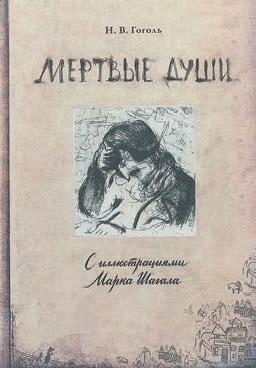Art knows no boundaries
The most Belarusian of all Parisian artists For several months, since the end of last year, the exhibition “Schraga Zarfin. Leading to the light” was open in the National Art Museum of Belarus. Dozens of interesting paintings were presented in the exposition which was telling about the work of the artist of the Paris school, a native of the Belarusian town of Smilovichi.
50
беларусь. belarus 2020
I
Beginnings are in the Belarusian town of Smilovichi
It should be said at once that this is the first personal exhibition of FaïbichSchraga Zarfin in Belarus. And it was timed to the 120th anniversary of the artist (1899–1975). The exhibition ac‑ quainted the viewer with Zarfin’s works, which belong to the Group of Compa‑ nies A‑100, as well as presented the au‑ thor’s paintings from private collections, told about his artistic and spiritual quest. So, plain biographical lines tell about the following. Faïbich-Schraga Zarfin was born January 7, 1899 in Smilovichi, near Minsk. He started painting in his early childhood. In the 1900s he befriended Chaïm Soutine, also a native of Smi‑ lovichi, thirty years later the friends met again in Paris. In 1913, Zarfin, follow‑ ing in the footsteps of Soutine, entered the Vilna Drawing School, but a year later went to Palestine. There he studied
at the Bezalel School of Arts, worked in a kibbutz. In 1918–1920 he served in the British Army, fought for the liberation of Palestine from the Ottoman Empire. After the end of the First World War, Zarfin returned to Bezalel, and partici‑ pated in a number of exhibitions. Wish‑ ing to continue his education, he left for Berlin, and a year later moved to Paris. Here he was learning on his own, began to cooperate with publishing houses and fashion houses, exhibited his paintings. In 1929 Zarfin got married, two years later the spouses got French citizenship. In the 30s Zarfin worked a lot as a tex‑ tile artist. Critics called him “a virtuoso of sketches for textiles”. During the Second World War, almost all of Faïbich-Schraga’s works of the previous years disappeared without a trace, only sketches for fabrics miraculously survived in a number of pri‑ vate archives. At the exhibition in Minsk several of such sketches were presented. During the Second World War Zarfin first served in the French army,







